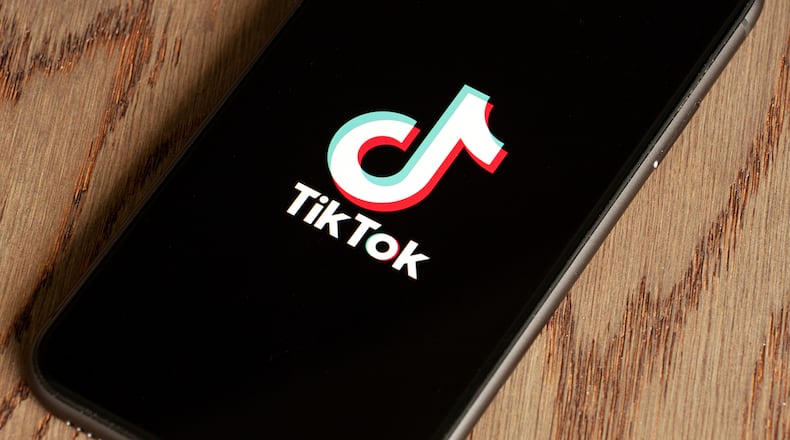In 1987, during my first stint teaching a college class in journalism, I advised students to read a daily newspaper to stay abreast of the news. Some weren’t happy when I advised against getting their news from the free weekly community paper that showed up in their driveway, which was more apt to cover fun runs than school funding.
Today, I would likely reconsider my reservations about the weekly paper, given where young people now seek out their news. A new Pew Research Center analysis finds 39% of Americans ages 18 to 29 regularly get their news on TikTok.
And that percentage is likely to increase. “Since 2020, no social media platform we’ve studied has seen faster growth in the share of Americans who regularly turn to it for news,” said the Pew analysis. A Pew study last year found teens ages 13 to 17 are devoted TikTok adherents with 58% of them using the platform daily and 17% almost constantly.
How accurate is the information that kids pick up from TikTok?
My favorite summation of TikTok’s veracity comes from a 2022 medical journal study out of Ireland concluding that while TikTok could be a resource for health information, “It currently is a pit of misinformation with the potential to cause harm to the user.”
A University of Chicago study published in March delved into health misinformation on TikTok. Nearly half the videos reviewed by the researchers contained nonfactual information typically offered by nonmedical influencers. The researchers worried that TikTok users could not discern what’s high-quality and factual and what’s bogus and potentially harmful. An example cited: TikTok’s viral advice to relieve congestion by shoving whole cloves of garlic up your nose, which can damage nasal tissue or clog nasal passages.
TikTok has already proven that kids and teens can easily be enticed into dangerous and even deadly behaviors, from the “Benadryl challenge” where kids overdosed on the allergy drug to produce hallucinations to the “blackout challenge” where they held their breath until they passed out. Both challenges caused deaths.
It’s not surprising that schools are now being asked to help kids evaluate what they hear and see on TikTok and other social media platforms. A survey released last week by the News Literacy Project, a nonpartisan education nonprofit, found 94% of teens agree schools should be required to teach media literacy.
Despite such strong support, only 39% of teens surveyed reported having any media literacy instruction during the 2023-24 school year. The News Literacy Project is encouraging more schools to teach media literacy, something now only mandated in Illinois, Connecticut and New Jersey.
Among other findings of the News Literacy Project survey:
-- While teens on social media aren't necessarily inclined to believe every conspiracy theory, an overwhelming majority of those who report seeing a conspiracy theory on social media (81%) say they are inclined to believe one or more of them.
-- Eight in 10 teens on social media see posts that spread or promote conspiracy theories, but the frequency of their exposure varies. Twenty percent of teens who use social media report seeing these posts in their feeds daily, 31% report seeing them weekly and 29% report seeing them less than once a week.
-- Many of the conspiracy theories teens report are far more than harmless superstitions. They include narratives such as the Earth being flat, the 2020 election being rigged or stolen and COVID-19 vaccines being dangerous.
-- When it comes to news habits, only 15% of teens actively seek out news to stay informed. Most teens say they either keep up with news without really trying (50%) or don't keep up with news (36%).
If we don’t teach students how to ascertain fact from fiction on their preferred source of news, we may end up with a generation of young people with garlic up their noses.
About the Author






